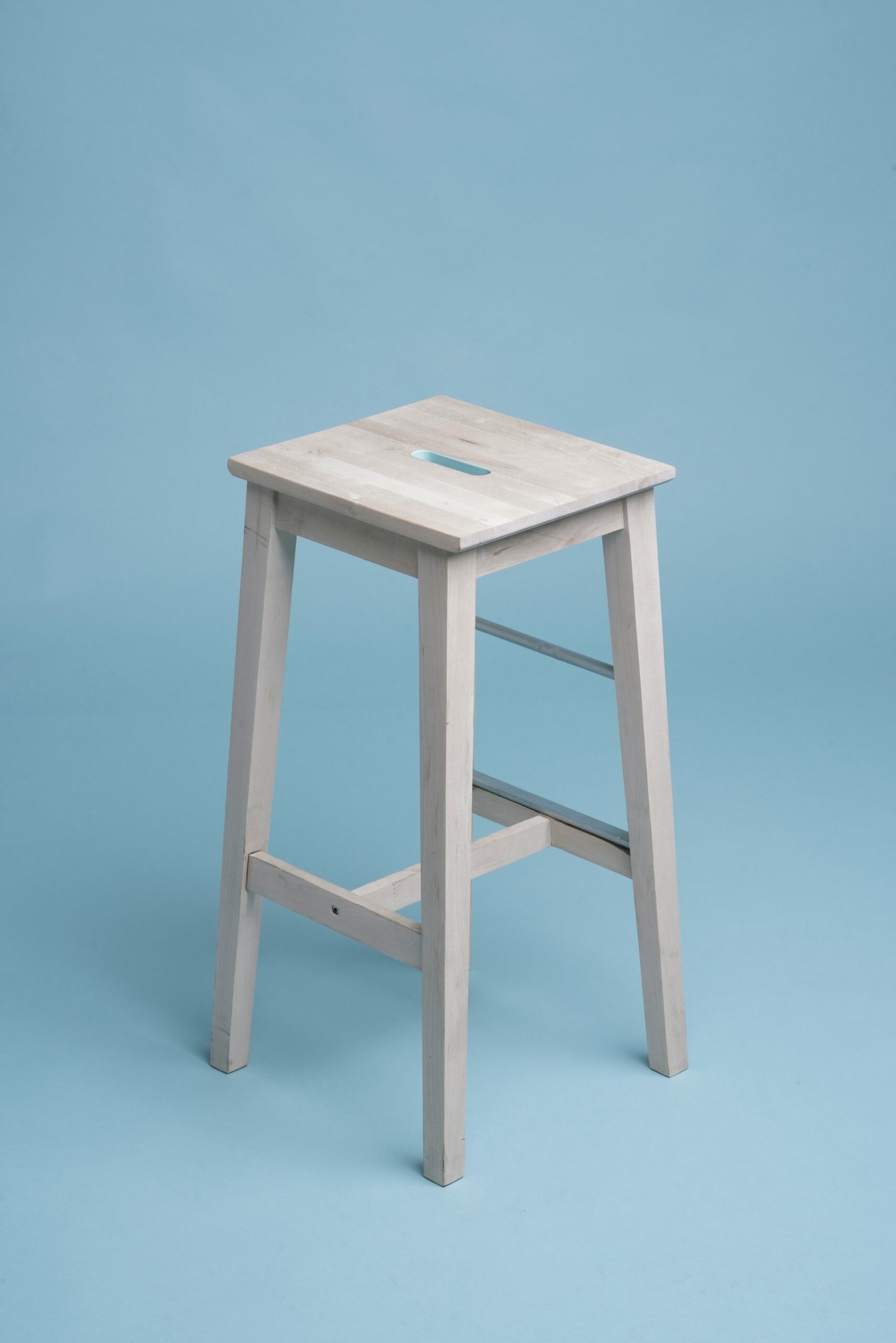Understanding Product Roadmaps
Definition and Importance
Imagine a product roadmap as your team’s game plan. It’s the go-to place for everyone to see where you’re headed—sort of like the coach’s playbook in football. It gives you all a clear path, from start to finish, outlining what you want to achieve and how you plan to get there. Your whole crew can rally around the same goals, making sure nobody’s zig-zagging off in different directions or wasting time with uncertainty. This way, you’re all on the same page and you’re making the best use of time and energy.
Benefits of Product Roadmaps
Think of a product roadmap like a family road trip plan. Everybody knows where you’re headed, why you’re heading there, and what to expect along the way—all while keeping your sanity! Here’s what makes a roadmap a must-have tool:
| Benefit | Explanation |
|---|---|
| Strategic Vision | Connects the dots between what the team does and the bigger mission of the company, making sure everything adds up to something greater. (Atlassian) |
| Inspiration and Motivation | Keeps everyone excited and gives a sense of shared ownership, like that feeling when you’re all invested in making it work. (ProductPlan) |
| Communication Tool | Uses visuals to make sure everyone—from the boss to the intern, and even customers—gets the vibe and can follow along with the game plan (Aha! Roadmapping). |
| Alignment across Teams | Gets all hands on deck, ensuring everybody is rowing in the same direction. (ProductPlan) |
A solid product development roadmap keeps the wheels turning smoothly, helping everybody communicate and work together towards the win.
Creating a Successful Product Roadmap
You’ve got a product idea buzzing in your head — now what? Setting the path for product development needs you to hone in on three main areas: teamwork and agreement, syncing with the company’s goals, and keeping an eye on the bigger picture. These aspects will keep your roadmap not just on paper, but in action. Let’s break it down.
Collaboration and Consensus
Teamwork makes the dream work, especially when it comes to crafting a product roadmap. Pulling in ideas from everyone involved—from engineers to marketers—amps up the quality and feasibility of your roadmap. This collective effort means everyone’s voice is heard, boosting everyone’s stake in the project like a crowd cheering for a local sports team.
A successful roadmap acts like a united front, laying out the product’s vision, direction, and progress. Think of it as a living document that changes as market forces shake things up or as available technologies advance. Anchoring your discussions in solid data and market feedback ensures smart, relevant decisions are made.
| Who’s Who? | Their Role in the Roadmap |
|---|---|
| Product Managers | Keep and cherish the roadmap |
| Development Team | Break down tech do-ables |
| Marketing Team | Pass on the buzz from the field |
| Sales Team | Relay what really sells and what doesn’t |
Alignment with Business Goals
Your roadmap shouldn’t be just a list of tasks; it should shout out how every little project fits into the company’s master plan. This linkage helps keep everyone from developers to executives on the same wavelength and leaves no room for confusion. The roadmap must speak the language of strategy to make sure everyone knows how their part plays into winning the game.
Keep checking, double-checking, and then checking business goals again—they tend to change, just like your favorite trends. Syncing your roadmap with these goals supports priority setting, kind of like making sure the car keys on a rainy day aren’t left behind. Clear alignment can also shine a light on risks before they become bumps in the road.
Long-term Vision
Your product roadmap shouldn’t just jot down what needs to happen next quarter; think beyond the immediate horizon to where it will bring groundbreaking change. This broad vision shows how your product intends to grow with your audience’s needs and the ever-changing market. By painting a picture for the future, your team feels energized and informed when developing and tweaking the product.
Ensure this long-term vision is fed with updates and insights from ongoing market intel and trends. Consistent market exploration is key; it prepares you not just for the next move but the ones that come after that. Understanding this helps you stay one step ahead, ready to pivot and tackle challenges head-on.
Stick to the playbook: teamwork, a focus on company-wide goals, and a forward-looking vision, and you’ve got the blueprint for a product development roadmap that keeps you marching squarely towards those big wins.
Components of a Product Roadmap
When shaping up your product, knowing what makes up a roadmap is key. It’s not just a fancy plan—think of it as a blueprint that gets everyone, literally, on the same page. Here’s the lowdown on what you need.
Strategic Direction
This is all about where you’re heading and why the heck you’re doing what you’re doing. It’s the big picture stuff that keeps you on track, making sure every new shiny feature actually means something for your biz and your customers. In other words, it’s what ties your work to the grand scheme of company plans and dreams.
| Key Aspects | Description |
|---|---|
| Vision | That far-off goal your product’s aiming for in its lifetime. |
| Objectives | These are the measurable steps that keep you marching toward that vision. |
| Alignment | Here’s how your features match up with what your company’s all about. |
Company Alignment
Getting everyone on board takes more than just a memo. It means pulling in folks from all corners of the company—yep, even the folks with beanbags. You want everybody to get the vibe of your roadmap and see how it fits with the overall company game plan. This team-up cuts the chaos and means everyone’s eyes are on the prize.
Looping in people from different areas like marketing, engineering, and sales can make your roadmap more than a piece of paper—it becomes the rally call that gets everyone motivated and part of the product’s victories (ProductPlan).
| Alignment Factors | Impact |
|---|---|
| Cross-Team Buddying | Better chats, fewer isolated groups. |
| Regular Huddles | Keeps everyone’s faces toward current goals. |
| Stakeholder Sauce | When decisions are shared, folks are more invested. |
Feature Prioritization
Now it’s time to play the “what’s most important” game. Sift through the potential features or tweaks and decide what’s gotta be done now versus what can wait. The idea is to juggle both the short burns and long roads to get the most bang for your time and effort, while still being open to tweaking based on user nags or market hiccups.
There are some tried-and-true methods to sort these out, like RICE (Reach, Impact, Confidence, Effort) or MoSCoW (Must have, Should have, Could have, Would like).
| Prioritization Method | Description |
|---|---|
| RICE | Weighs up features based on reach, impact, how sure you are, and effort needed to keep things smooth sailing. |
| MoSCoW | Breaks down features into those you can’t live without, should have, nice-to-haves, and the ones for the dream wishlist. |
Bringing these pieces together, your product roadmap becomes not just another doc but a real anchor for strategic aims and customer wants. That way, you’re not just planning for the present; you’re shaping up to rock the scene. To dive further into this, check out product development life cycle and new product development strategies.
The Role of Product Owners
Product owners are like the captains of a ship, steering the crew through the choppy waters of product development. They’re the glue keeping everything on track and making sure everyone’s rowing in the same direction. Your job revolves around knocking down communication barriers and adding agile muscle to move things faster.
Communication with Teams
You’re the messenger and the interpreter here. Your role involves making sure all teams chat like old friends, sharing updates and ideas that keep the wheels turning. Good gab means quicker builds and less head-scratching moments. With regular catch-ups and feedback breaks, or using team tools like Slack, Trello, and Jira, you ensure everyone stays united and looped in about tasks and goals—helps avoid those “oops, missed the memo” moments (LinkedIn).
Think of the product roadmap as your treasure map—clear, visual, and tells everyone why this feature and why now. It’s your team’s big picture, reminding them about priorities and timelines. Teams can peek at the roadmap to check where they’re headed, so they won’t fetch the wrong piece of treasure (Atlassian).
Agile Methodology Integration
Think flexible, think agile. Agile teams keep an eye on the roadmap to anchor on top priorities and simplify strategy talk. It’s about rolling with the punches—if a market storm blows in, agile helps you tack and jibe accordingly.
With agile in your toolkit, you’re orchestrating a symphony of teamwork, keeping every note aligned with the business goals. Continual feedback, sprint sessions, and regular check-ins against the roadmap ensure you’re plotting a course that’s spot-on.
To keep your roadmap fresh and matching what folks need, why not use some nifty software tools tailored for product fiddling? They can turbocharge your team’s ability to pivot and adjust when the market throws a curveball.
Effective Roadmap Management
Keeping your product development roadmap in tip-top shape is crucial for nailing your deliverables. This means frequently updating it and staying in sync with your team.
Regular Updates and Revisions
Think of your product roadmap as a lively conversation, not a dusty old book on a shelf. Keep it fresh and relevant by updating it continually—it should mirror your project’s heartbeat. Regular tweaks ensure it reflects your accomplishments, shifting priorities, and the latest scoop on your market or customers. Letting it gather dust risks having folks look elsewhere for info, which can muddle trust in the roadmap.
Here’s a handy guide for keeping your roadmap up to date:
| How Often? | Why? |
|---|---|
| Every Month | Check on progress and tweak your plans. |
| Every Three Months | Rethink priorities if the market or goals shift. |
| After Big Wins | Learn from completed milestones and get feedback. |
Stick to these strategies and your roadmap will be a go-to guide that’s spot-on with decision-making. Keep in mind, as rivals heat up, customers’ wants change, or your goals shift, blend these insights into your roadmap shenanigans (Atlassian).
Stakeholder Engagement
Getting everyone on board is clutch for your roadmap mojo. Being open leads to everyone being in sync and trusting the plan—whether they’re teammates, bosses, or any other folks involved. Keep them looped in with updates and make sure no one’s lagging behind.
Here’s how to keep stakeholders engaged:
| What To Do | When To Do It |
|---|---|
| Chat Meetings | Monthly sit-downs to hash out achievements and hurdles. |
| Opinion Gatherers | Every few months to snag insights and ideas. |
| Brainstorm Parties | Twice a year to cook up fresh roadmapping ideas. |
Involving stakeholders doesn’t just get everyone up to speed; it also brings in fresh insights that can beef up your product planning. It makes sure your roadmap grows in tune with company goals and market waves. Match your roadmap’s timeline with your company’s planning spans—be it by months, quarters, or longer. The info should be just right for your audience’s need for clarity (Aha! Roadmapping).
By keeping your roadmap lively and keeping stakeholders engaged, you ensure it remains a dependable tool in your product development arsenal. For other tips on roadmap management, check out product development strategies and track your progress with the product development checklist.
Overcoming Challenges in Product Development
Tackling product development is like herding cats—lots of them! As a leader in your organization, knowing how to steer clear of pitfalls like runaway projects and spotty communication is key to nailing that target.
Scope Management
It’s no secret that scope creep can be a real party pooper, sneaking into 34% of projects around the globe (Monday.com). Keeping a lid on the scope is a must for hitting your project bullseye. If tweaks to the plan pop up, getting everyone on board with time or budget bumps makes for smooth sailing.
To keep your project on track:
- Nail down what you want to achieve right from the start.
- Keep your eyes on the prize with a handy checklist.
- Keep the lines open to get feedback and chat about upcoming surprises.
Missing the mark on your goals can leave you juggling resources and watching projects crash and burn, with 37% of these nosedives blaming vague goals (Monday.com).
| Challenge | Impact |
|---|---|
| Scope Creep | Messes with 34% of projects |
| Lack of Clear Goals | Behind 37% of project failures |
Effective Communication
Communication in project management is huge! Like, bet-your-paycheck-on-it huge (Monday.com). Everyone needs to be on the same page with their duties to keep things humming like a well-oiled machine.
To boost your team’s chatter game:
- Set regular huddles to catch up and hash out any pain points.
- Jump into team collaboration tools for transparency.
- Loop in stakeholders on how the project’s shaping up.
By treating communication like it’s the secret sauce, you can dodge those awkward silences and get everyone working in harmony.
Team Alignment
Getting everyone rowing in the same direction is crucial. Miscommunication or the odd team spat can hit the brakes on progress. If you sniff out any conflict, nip it in the bud pronto.
To nail that team synergy:
- Create a space where team members can spill their thoughts and give feedback.
- Paint a clear picture of the project’s vision and path.
- Be the rock your team needs when things heat up, providing guidance through choppy waters and keeping everyone focused on the end goal.
Sorting out beefs and rallying the team around a common mission are cornerstones of crushing it on the product development front. For more nuggets of wisdom, swing by our piece on product development and management.
When you’ve got scope, communication, and team vibes sorted, you’re setting the stage for product development that’s gonna knock it outta the park!
Tools for Product Roadmap Creation
Creating a top-notch product development roadmap ain’t just about plotting a chart; it’s about picking the tools that’ll make teamwork easy-breezy and plans solid. This section dives into some go-to tools, especially collaboration hubs and roadmapping software, that keep the product development train chugging along smoothly.
Collaboration Platforms
Think of collaboration platforms like the group chat that keeps everyone—sales, marketing, engineers, designers, and quality folks—on the same page. These platforms are lifesavers that keep everyone chatting and working together, sidestepping any mix-ups that might throw a wrench into the works LinkedIn.
Here’s a look at some crowd favorites in collaboration:
| Platform | Features |
|---|---|
| Miro | Think whiteboard, but digital—for tossing around ideas and building mind maps |
| Asana | Keeps tabs on who’s doing what, upping the team’s game through clear tracking |
| Slack | It’s like text messaging, but cooler—keeps the team chatting in real-time |
| Microsoft Teams | Handy for video calls and swapping files without a hitch |
| Trello | Visual to-do lists that make checking off tasks a satisfying breeze |
Roadmapping Software
Roadmapping software takes the headache out of sketching out and juggling your product’s future steps. These handy helpers outline where your product’s headed and make sure it jives with your business dreams.
Here’s a shortlist of roadmapping tools worth a peek:
| Software | Key Features |
|---|---|
| Aha! | All-in-one roadmaps that’ll win over different crowds in your business world |
| Roadmunk | Flexible maps you can tweak with a simple drag-and-drop action |
| ProductPlan | Offers roadmaps that are as visually clear as they are communicative |
| Pivotal Tracker | Agile tool focusing on teamwork and trial-and-error development |
| Keynote and Excel | Old-school but gold-standard tools that can track simple roadmaps too |
These tools often mate well with other platforms, connecting the dots and making sharing info between teams as easy as pie.
Keep your roadmap up-to-date. It’s not a one-and-done deal; it evolves along with your insights into the market, your users, and your product Product School. Tailor what you show to suit your audience—whether they’re execs, partners, or fellow team members—so everyone stays in the loop with the big-picture goals Aha! Roadmapping.
The right combo of collaboration platforms and roadmapping software levels up your product development game, smoothing out the bumps on the path to launch. Test out different ones and pick what gels the best with your team’s mojo.
Best Practices for Product Roadmap Maintenance
Keep your product development roadmap ticking along smoothly to make sure you’re on track with your big-picture plans. Following a few handy best practices can keep your roadmap both useful and up-to-date.
Stay Flexible with a ‘Living Document’
Think of your roadmap like a diary that you keep updating with new entries. Just like you jot down personal insights or plan tweaks, your roadmap should always reflect the latest ideas and snag points. Markets shift, user needs change, and what you understood yesterday might evolve tomorrow. Checking in often is the key. As Product School advises, a roadmap is only as good as how often it’s dusted off.
Keep the updates coming. Share any exciting new ventures, and be ready to pivot when stakeholders have something to say. A steady stream of communication is the glue that holds everyone together on the same map.
Spot-On Strategic Planning
When laying out your plans, give each feature the once-over with a keen eye. That means knowing what packs the most punch, what requires an army to build, and what might be sacrificed if you take on something else. Lean on models like ProductPlan when figuring out what’s most important.
| What’s Important | Why It Matters |
|---|---|
| Bang for the Buck | What’s the good stuff this feature brings? |
| Sweat and Tears | Time and tools needed to build it? |
| Opportunity Loss | What’s the trade-off if you look the other way? |
Tweak your talk depending on who’s listening. For big bosses, focus on achievements and big wins. For team pals, dive into the nitty-gritty details. It’s all about speaking their language to keep everyone on the same page.
By baking in these practices, you’ll have a roadmap that not only charts a course but also leads the way with minimal distractions. If you’re eager for more on keeping your product’s life cycle shipshape, hop over to our reads on product development and management and product design and development.




















